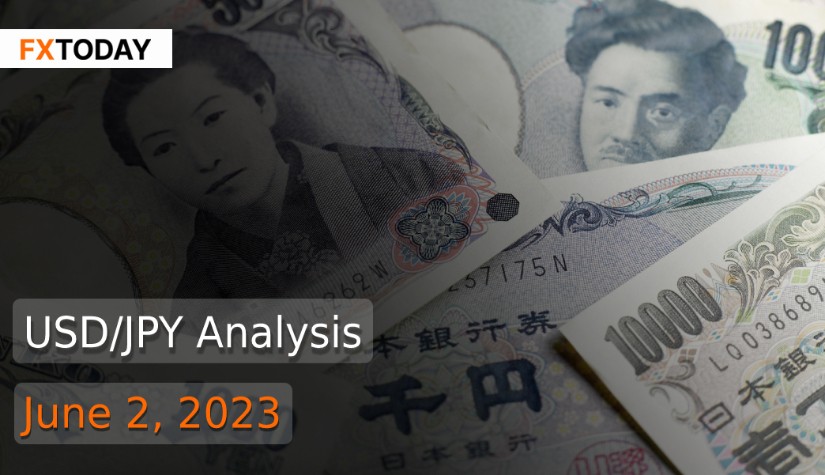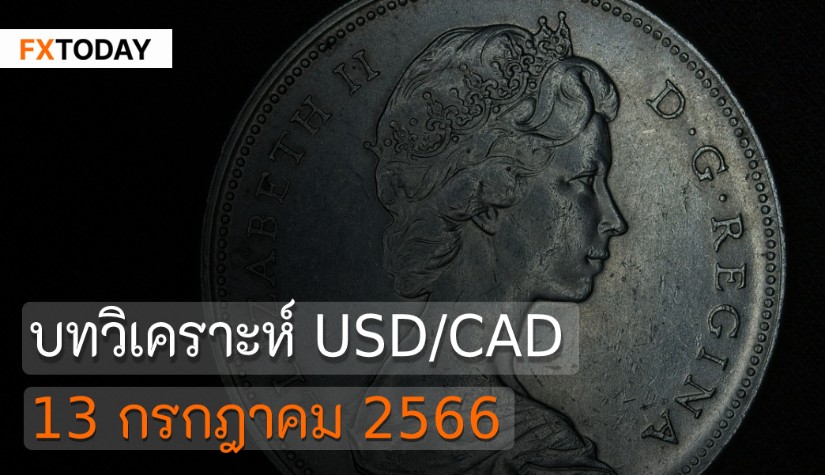Overall Japanese economy remains steady
The Bank of Japan (BoJ) has emphasized the importance of maintaining ultra-accommodative monetary policy for some time in order to keep inflation expectations below the 2% target. While remaining cautious about the risk of higher-than-expected price growth and prepared to implement stringent policies where necessary following a meeting to discuss the yen's weakest performance in six months against the dollar, which puts pressure on import costs and affects private consumption, which accounts for more than half of the economy.
Core consumer inflation in Japan reached 3.4% in April, with cost pressures being mostly to blame, according to the BOJ. Unexpectedly, orders for manufacturing equipment decreased in April as a result of weak global demand and sluggish development in the US, Europe, and China.
However, according to a survey of Japanese manufacturing sector activity, the first expansion in seven months was witnessed in May, with rising output and new orders reaching their highest levels in 12 and 13 months, respectively. This is due to the good prognosis for next year and consumer and company confidence, as well as the smallest increase in raw material prices in more than two years and the slowest employment growth in 26 months.
Capital spending on factories and equipment, including in the service sector, rose at the fastest rate since 2015 in the first quarter of the Japanese business sector, signaling a better-than-expected outlook for economic growth in the first quarter, led by recovering auto exports and chip production, as well as investment in the service sector in real estate.
Meanwhile, the US dollar has fallen from two-month highs after President Joe Biden and Republican House Speaker Kevin McCarthy signed an agreement to temporarily suspend the US debt ceiling until January 2025 and limit some federal spending to avoid a default, as well as investors' expectations that the Federal Reserve will skip raising interest rates this month. According to CME FedWatch, the possibility of the Fed hiking rates by 25 basis points at this month's meeting has reduced from 67% to around 38%, which may result in the dollar rising and sliding within a range to be slightly weaker than the yen during this period. While the yen's upward trend is likely to be short-lived.
Data for Technical Analysis (5H) CFD USD/JPY
Resistance : 138.84, 138.87, 138.93
Support : 138.72, 138.69, 138.63
5H Outlook
Source: Investing.com
Buy/Long 1 If the support at the price range 138.32 – 138.72 is touched, but the support at 138.72 cannot be broken, the TP may be set around 138.84 and the SL around 138.00, or up to the risk appetite.
Buy/Long 2 If the resistance can be broken at the price range of 138.84 – 139.24, TP may be set around 139.68 and SL around 138.42, or up to the risk appetite.
Sell/Short 1 If the resistance at the price range 138.84 – 139.24 is touched, but the resistance at 138.84 cannot be broken, the TP may be set around 138.69 and the SL around 139.54, or up to the risk appetite.
Sell/Short 2 If the support can be broken at the price range of 138.32 – 138.72, TP may be set around 138.18 and SL around 139.14, or up to the risk appetite.
Pivot Points Jun 02, 2023 02:59AM GMT
| Name | S3 | S2 | S1 | Pivot Points | R1 | R2 | R3 |
|---|---|---|---|---|---|---|---|
| Classic | 138.54 | 138.63 | 138.69 | 138.78 | 138.84 | 138.93 | 138.99 |
| Fibonacci | 138.63 | 138.69 | 138.72 | 138.78 | 138.84 | 138.87 | 138.93 |
| Camarilla | 138.71 | 138.72 | 138.74 | 138.78 | 138.76 | 138.78 | 138.79 |
| Woodie's | 138.52 | 138.62 | 138.67 | 138.77 | 138.82 | 138.92 | 138.97 |
| DeMark's | - | - | 138.66 | 138.76 | 138.81 | - | - |
Sources: Investing 1, Investing 2
Maximize your knowledge: Blog
















